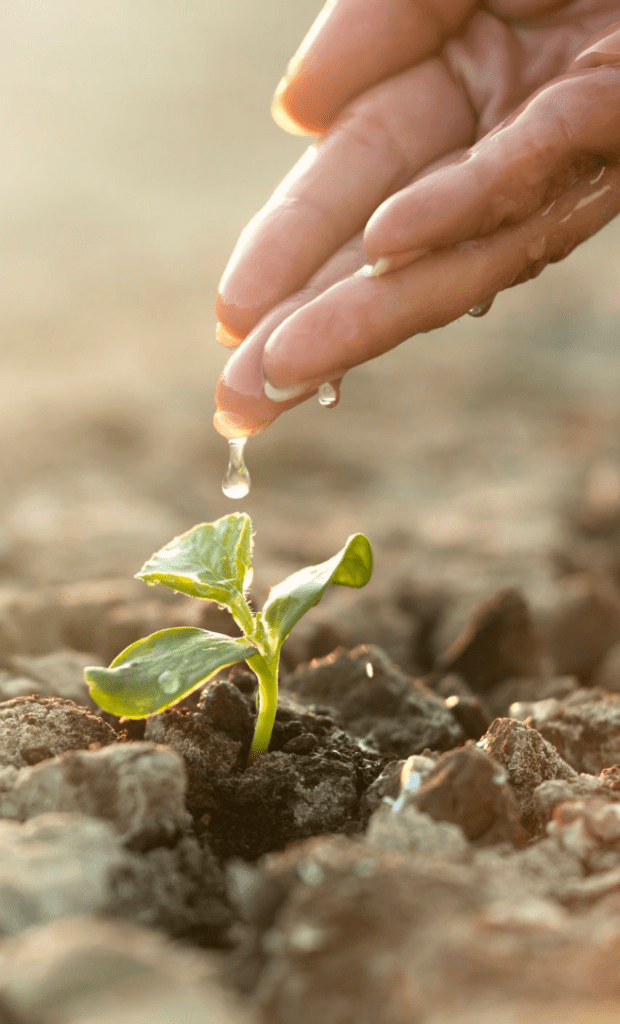Dr Maite Ferrin, Consultant Child and Adolescent Psychiatrist, talks the rise in self-harming with Marie Claire
Dr Ferrin explains that self-harming can be a reaction against trying to live up to high standards of modern society. She also explores the role of social media in the rise of self-harm diagnosis.
The Re:Cognition Health Consultant Psychiatrist explains: “It encourages us to compare ourselves to others, even if what they’re showing isn’t real – and it’s constantly there”.
Forms of self-harming
Normally associated with cutting, self-harm is commonly used as a coping mechanism or a way of punishing oneself. It can also involve behaviour such as: hair pulling, eating disorders, alcohol and substance misuse, excessive exercise and cosmetic surgery addiction.
There is a higher percentage of girls to boys who self-harm
Dr Ferrin explains that boys tend to express themselves more through violence and aggression as opposed to girls who internalise more, avoid confrontation and often blame and punish themselves. However, it appears that in recent years there has been a rising number of boys engaging in self-harming.

Motivations of self-harming behaviour
The addictive behaviour of self-harm can be a result of the momentary feelings of relief after the act.
Dr Ferrin explains: “The body releases endorphins when we’re injured, which gives a sense of reward. It can make people feel better for a time, but the more they do it to try to get that feeling for a time, the more trapped they become in the cycle.”
Self-harm coping mechanisms
Dr Ferrin states that this destructive, addictive behaviour doesn’t help or make things better in the long term and urges anybody who is self-harming to seek medical intervention.
It’s important that people who self-harm also learn to adopt alternative, healthier coping mechanisms to limit the damage inflicted. Learn more about coping mechanisms
 Visit our USA website
Visit our USA website





